I enjoyed another great evening in Freemasonry at the Old Lodge, one of my favorites of all the lodges at the Grand Lodge of New York’s Masonic Hall in Manhattan. It was an education night, with two of the lodge brethren presenting histories for the benefit of Apprentices and others most likely to benefit from “a daily advancement in Masonic knowledge.” Don’t we all?
First, Bro. Mischa, a former Grand Orient of France Mason, spoke at length on the history and philosophy of, and some of his own experience in, the Grand Orient, which is the oldest and largest Masonic obedience in France. (You may have heard how two of the victims in the Charlie Hebdo atrocity in Paris last week were Freemasons, both of the Grand Orient.) It is not the French Masonic authority we in the United States recognize due
Mischa spoke about more than the G.O. actually, offering insights into the “strange alchemy” of how one can find his way into the Craft. Leaving aside the more than twenty smaller obediences in France (feminine, mixed-sex memberships, and others), he addressed elements of the Grand Lodge of France and the National Grand Lodge of France, the latter being the one recognized by the grand lodges in the United States. Masonic membership typically is obtained through a personal relationship, he explained, specifically through a private conversation between two friends in which a Freemason suggests to his friend that he might be interested in the society of like-minded individuals who enjoy philosophical exchanges. It’s a subtle thing. The French brethren, of any lodge, do not practice the showmanship common to the United States; there are no billboards, bumper stickers, lapel pins, or rings. Mischa also explained that Grand Orient Masonry puts philosophy before philanthropy, another fundamental difference between our two cultures. I suppose it could be said that our not recognizing each other means more than the absence of political amity; it also says we wouldn’t know each other. Throughout France, even in small communities, it is common for lodges from the three jurisdictions to co-exist. It seems there isn’t competition for members because each grand jurisdiction has a different demographic. For example, the Grand Orient attracts education professionals and socialist party members, and the National Grand Lodge draws from among conservative thinkers and men with spiritual inclinations. It’s not that Grand Orient Masons have no interest in the metaphysical, but their concentrations in those matters are left to them, without any requirement set by the grand jurisdiction.
 So, let’s say your friend the Mason has approached you in discreet conversation, suggesting you might want to consider being initiated into the mysteries of Freemasonry, and you agree. What happens then, Bro. Mischa continued, is an investigation by the Grand Orient lodge of this prospective newcomer. Three interviews are conducted, one to discover biographical information, another to identify the nominee’s political views, and the third to discuss religious and philosophical thinking. This is done in lodge. If I understood Mischa correctly, the prospective candidate is hoodwinked. And the brethren lob their questions at will. When it is time for balloting, a 75 percent majority in favor is required for election to membership by initiation.
So, let’s say your friend the Mason has approached you in discreet conversation, suggesting you might want to consider being initiated into the mysteries of Freemasonry, and you agree. What happens then, Bro. Mischa continued, is an investigation by the Grand Orient lodge of this prospective newcomer. Three interviews are conducted, one to discover biographical information, another to identify the nominee’s political views, and the third to discuss religious and philosophical thinking. This is done in lodge. If I understood Mischa correctly, the prospective candidate is hoodwinked. And the brethren lob their questions at will. When it is time for balloting, a 75 percent majority in favor is required for election to membership by initiation.Can you think of anything more foreign to the American Masonic experience? How many of us would survive?
For the Apprentice Degree, the aspirant is hoodwinked. He will spend his first year as a Freemason as an Apprentice, and a silent one at that. He will speak in lodge only to deliver his personal speculative thoughts on what the ceremony of initiation and its symbols mean to him. The Second Degree involves five perambulations and lessons in the Arts and Sciences, and the Physical Senses. No hoodwinking. No Orders of Architecture. And the Letter G is presented as emblematic of Geometry, Gnosis, Genius, Gravitation, and Generation (as in creativity). The Third Degree brings the Fellow Craft through the Hiramic legend, making a Master Mason.
In his closing remarks and during Q&A, Bro. Mischa shared more very interesting information. Old Number 2 has a sister lodge under the GLNF: Evangelist Lodge in Cannes. In Grand Orient Scottish Rite, the text placed upon the altar may be “any book of moral value.” That the split of the Grand Orient from the rest of the Masonic world also involved the G.O.’s relationship to “a nascent grand lodge in Louisiana that admitted black men.”
Mischa’s presentation was very well received by the brethren, all of whom had questions and insights, but this left little time for Bro. Michael’s discussion of lodge history, but he managed to share fascinating facts concerning early lodge brethren who played historical roles in spreading the Light of Masonry in the young United States, assisting the establishment of a lodge in Ohio, and a chapter in Connecticut. And the archives of the Grand Lodge of Pennsylvania hold more clues concerning Old Number 2’s authority to work the Royal Arch Mason Degree. Michael said he is still researching, and hopefully the fruits of his work will be shared before long.
(As always, any errors or omissions are attributable to me, and not to the speakers.)






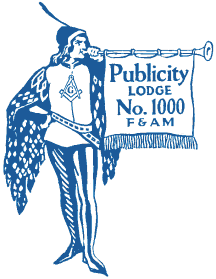

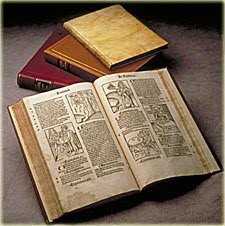


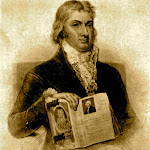




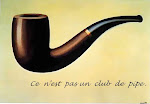
















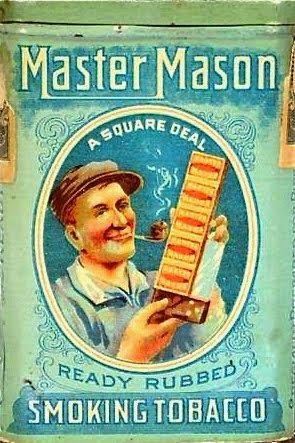


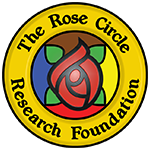

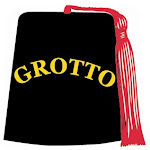








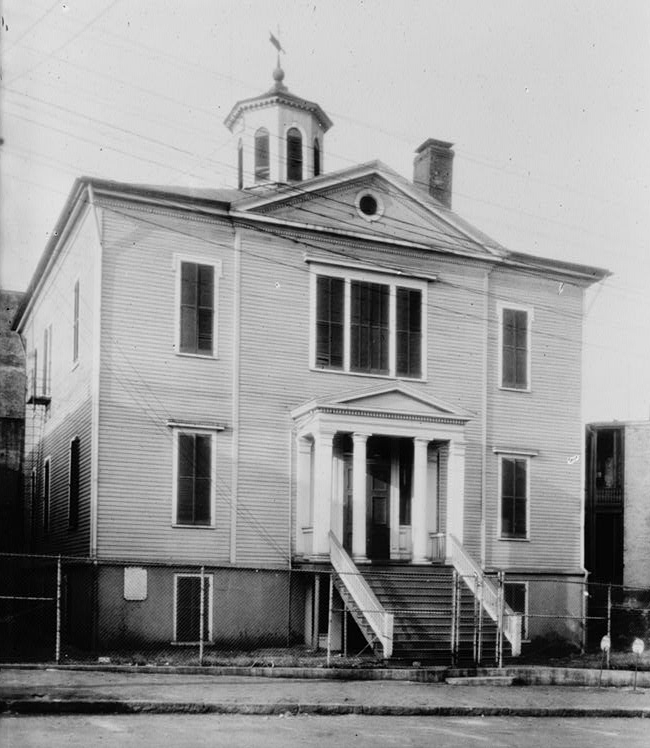
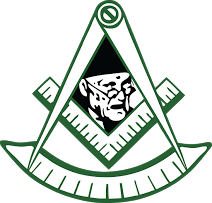
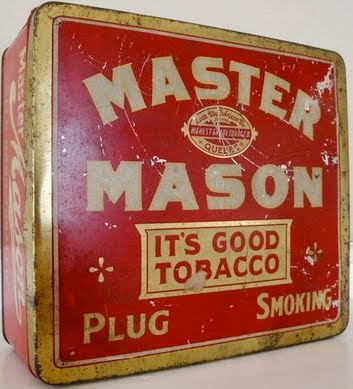





No comments:
Post a Comment